| Columns Retired Columns & Blogs |
Thanks for review John but is this M1.2, exact the same M1.2 that Paul Bolin reviewed in 2005? Or there are some modifications under skin, without changing the model number, have occurred here? Regards.
To perform measurements on the Lamm M1.2 Reference, I used Stereophile's loan sample of the top-of-the-line Audio Precision SYS2722 system (see www.ap.com and the January 2008 "As We See It"). Before testing one of the monoblocks, I ran it at 1/3 its rated power into 8 ohms for 60 minutes, which thermally is the worst case for an amplifier with a class-A/B output stage. The output-stage bias switch was set to "1–6 ohms," which was how I had found the amplifier to sound best. At the end of that period the chassis was hot, with a temperature of 109.6°F (43.1°C), and the heatsinks a little hotter at 111.1°F (43.9°C). However, as the Lamm's output stage is richly biased into class-A, it behaves somewhat differently from a class-A/B design; after an hour of running at idle, the chassis and heatsinks were only a couple of degrees (C) cooler. These temperatures are lower than with our 2004 samples; however, I had performed the 2004 testing with the higher-impedance bias setting and twice the power.
The voltage gain was higher than usual, at 31.6dB with both balanced and unbalanced inputs and at both bias settings, and both inputs preserved absolute polarity, the balanced XLR being connected with pin 2 hot, and the unbalanced input being connected to the positive RCA jack and the negative shorted to ground, as suggested in the manual. The unbalanced input impedance was 39k ohms at low and middle frequencies, dropping inconsequentially to 27k ohms at the top of the audioband. The balanced input impedance was twice these values, as expected.
The output impedance at the "1–6 ohms" setting was 0.15 ohm at low and middle frequencies, rising to 0.18 ohm at 20kHz. At the "8–16 ohms" setting the impedances were 0.17 and 0.2 ohm, respectively. These figures are a little lower than with our 2004 sample, and also quite low in absolute terms, meaning that the variation of the M1.2's frequency response with our standard simulated loudspeaker was also low, at ±0.15dB (fig.1, gray trace). The Lamm has a wide small-signal bandwidth, the response into 8 ohms (fig.1, blue) not reaching –3dB until 165kHz, which gives its reduction of a 10kHz squarewave short risetimes (fig.2). Commendably, neither this graph or the 1kHz squarewave (fig.3) shows any trace of overshoot or ringing.
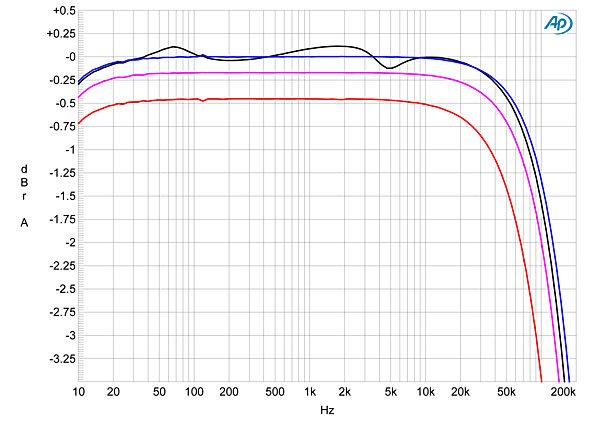
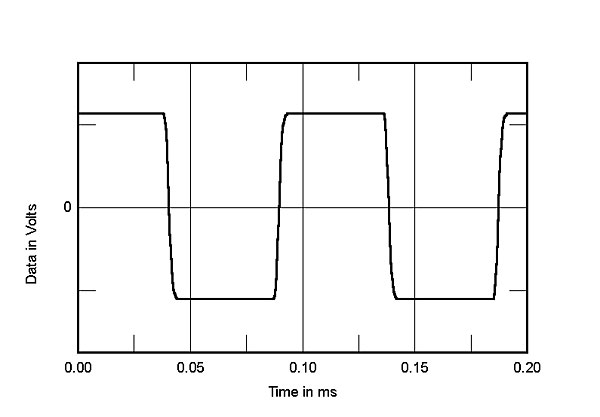
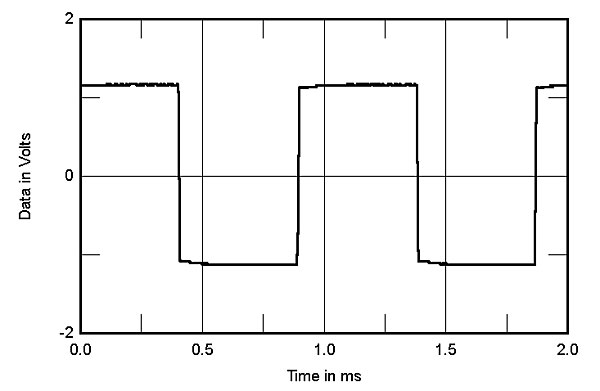
Perhaps due to the its higher-than-normal gain, the original Lamm's signal/noise ratio was good rather than great, at 72.2dB ref. 1W into 8 ohms (unweighted, wideband). The 2012 sample was slightly noisier, at 68.2dB, which was not affected by experimenting with the ground connections between the amplifier and the Audio Precision, even when I floated the signal generator's output and ran a separate ground wire to the terminal post on the M1.2's rear panel. Switching in an A-weighting filter increased this figure to 77dB. Although in my listening I'd heard no noise problems unless I pressed my ear against the speaker, I investigated further: Fig.4 shows an FFT analysis of the M1.2's low-frequency noise floor while it drove a 1kHz tone at 1W into 8 ohms. A series of 60Hz-spaced components can be seen between –77 and –90dB, these obviously stemming from the power supply and most likely due to magnetic interference from the large transformer that lies underneath the small-signal circuitry.
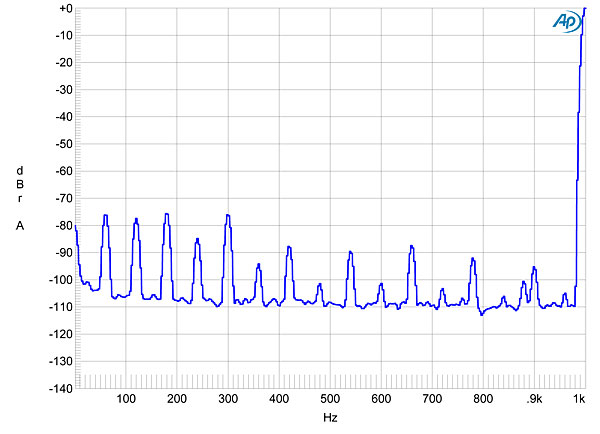
Biased for "1–6 ohms" operation, the M1.2 Reference clipped at 95W into 8 ohms (19.8dBW, fig.5) and 173W into 4 ohms (19.4dBW), the latter well above its specified power of 110W into 4 ohms (17.2dBW). The "8–16 ohms" clipping powers were 180W into 8 ohms (22.5dBW, fig.6) and 295W into 4 ohms (21.7dBW). The gentle rise in the THD+noise percentage between the point where actual distortion emerges from the noise floor (around 2W) and where actual waveform clipping begins suggests that only a modest amount of loop negative feedback is used in the M1.2.
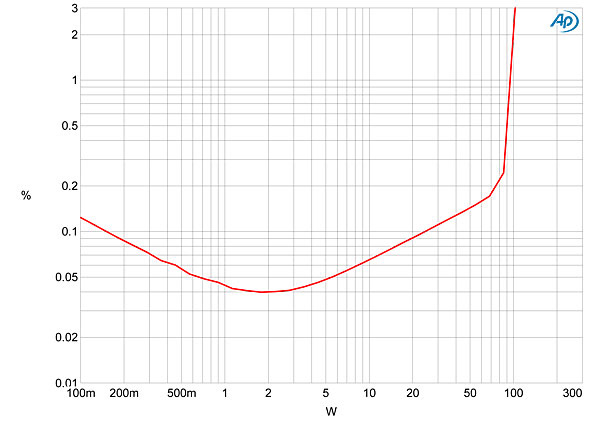
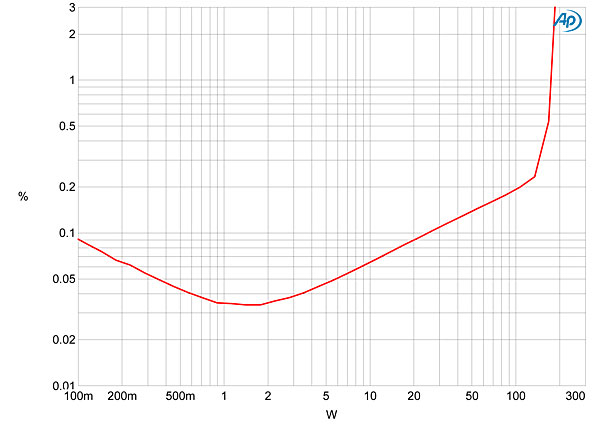
I plotted how the THD+N percentage changed with frequency at an output level (8.95V, equivalent to 20W into 8 ohms) where I could be sure that I was examining actual distortion rather than noise. Even so, the THD didn't change at all with frequency, and actually decreased slightly into lower impedances (fig.7), which suggests that the M1.2 Reference has a wide open-loop bandwidth. In addition, the distortion at low power is predominantly second harmonic in nature (fig.8), something that always makes an amplifier more listenable. The third harmonic begins to dominate at high powers and currents, with some higher-order harmonics evident (fig.9), but this should have no subjective consequences. The M1.2's good linearity at high frequencies means that, even at a level close to clipping, the intermodulation products resulting from an equal mix of 19 and 20kHz tones remain at or below –66dB (0.05%) (fig.10).
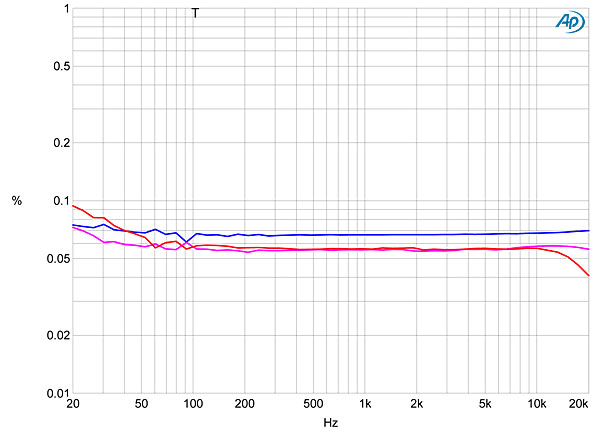
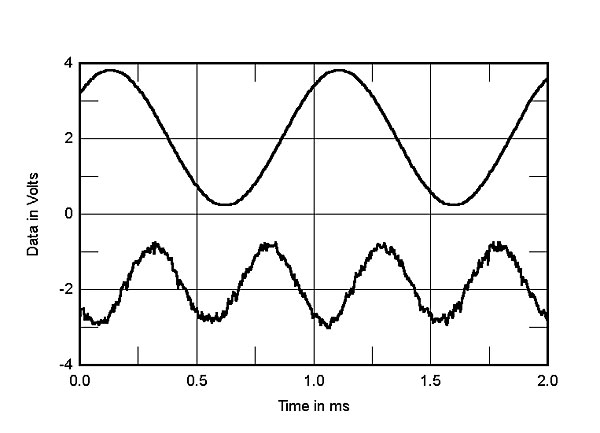
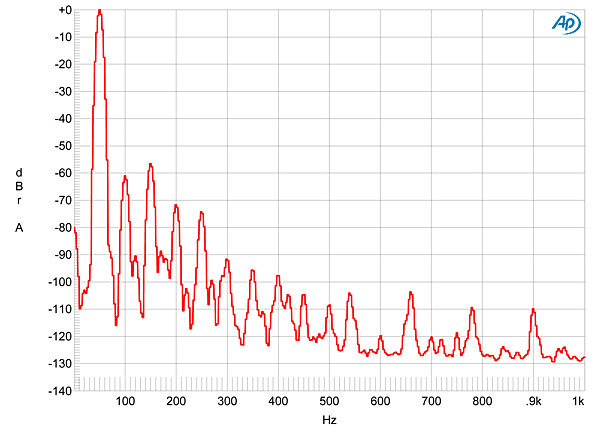
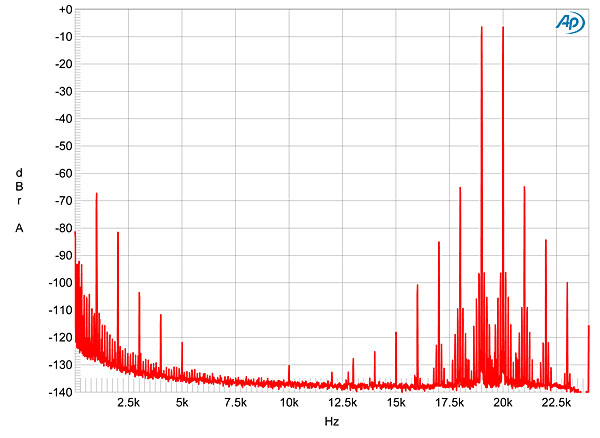
Overall, though there are some differences in detail, these measurements are not substantially different from those I found with our 2004 sample of the M1.2 Reference, which suggests both excellent consistency in manufacturing and high-quality audio engineering.—John Atkinson

Thanks for review John but is this M1.2, exact the same M1.2 that Paul Bolin reviewed in 2005? Or there are some modifications under skin, without changing the model number, have occurred here? Regards.